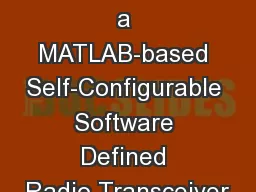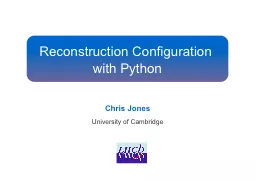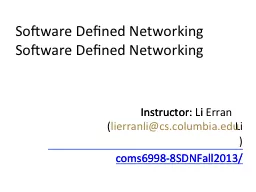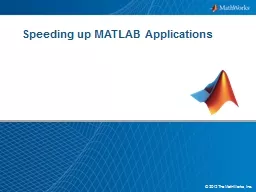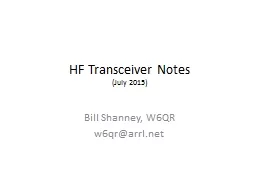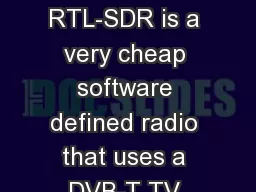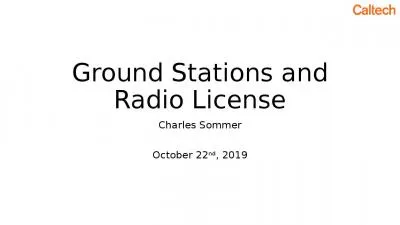PPT-Implementing a MATLAB-based Self-Configurable Software Defined Radio Transceiver
Author : sherrill-nordquist | Published Date : 2018-03-22
Presenter Kaushik Chowdhury Next GE neration NE tworks and SYS tems Lab Authors Benjamin Drozdenko Ramanathan Subramanian Kaushik Chowdhury Miriam
Presentation Embed Code
Download Presentation
Download Presentation The PPT/PDF document "Implementing a MATLAB-based Self-Configu..." is the property of its rightful owner. Permission is granted to download and print the materials on this website for personal, non-commercial use only, and to display it on your personal computer provided you do not modify the materials and that you retain all copyright notices contained in the materials. By downloading content from our website, you accept the terms of this agreement.
Implementing a MATLAB-based Self-Configurable Software Defined Radio Transceiver: Transcript
Download Rules Of Document
"Implementing a MATLAB-based Self-Configurable Software Defined Radio Transceiver"The content belongs to its owner. You may download and print it for personal use, without modification, and keep all copyright notices. By downloading, you agree to these terms.
Related Documents

